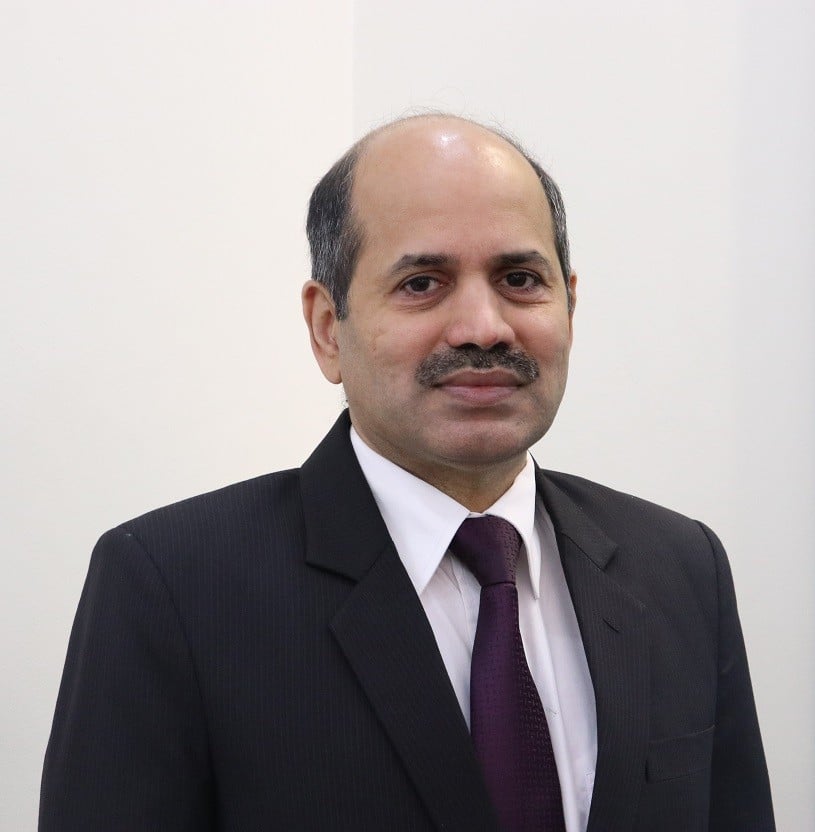 |
| Indian Ambassador to Vietnam Sandeep Arya. (Source: Indian Embassy in Vietnam) |
Digital public infrastructure is also one of India's key initiatives on the path to building a digital economy, during its tenure as G20 President this year.
The Digital India Programme has three main components: Providing digital infrastructure as a core utility to drive digital transformation; Providing governance and the widest range of services in India through digital platforms; Ensuring citizen empowerment through digital literacy and universal access to user-friendly digital resources and services.
Leading the way in providing ready-made digital infrastructure
The Indian government has taken the lead in providing ready digital infrastructure, including high-speed internet supported through mobile phone connectivity, access to bank accounts and digital identities for every citizen, online and verifiable.
The biometric digital identity 'Aadhaar' managed by the autonomous government agency 'UIDAI' is provided to 1.37 billion Indians with real-time authentication for citizens using digital services. This digital identity verification tool has become the core of the digital transformation, eliminating the need for physical presence of citizens to use services and eliminating duplicate identities.
The second core element of digital transformation in India is the real-time Unified Payments Interface (UPI), operated by the National Payments Corporation of India for all digital transactions using bank accounts, cards, digital wallets or payments over networked phones.
India's 850 million internet users and 1.14 billion mobile subscribers have been supported through rapid expansion of banking facilities for 482 million social security beneficiaries, extending banking services to 80% of the adult population, by linking them to instant digital payment systems.
UPI facilitates 10 billion instant payment transactions per month in India, accounting for over 45% of real-time payments globally.
The universal, real-time authenticating digital identity system 'Aadhaar' along with the unified digital payments interface 'UPI' has provided a platform, led by the Indian government, that allows governments, agencies, banks, service providers to exchange data and roll out services to any Indian citizen.
This real-time remote identity verification along with real-time payment mechanism has fueled the digital transformation revolution in India.
The range of digital services available to Indian citizens is constantly growing and includes personal documents (birth, marriage, tax accounts, insurance, driving, vehicle registration, voter, education, passport, vaccination certificates); government welfare schemes (pensions, health insurance, employment guarantee, public distribution, scholarships, subsidies); utilities (electricity, water, gas, tax filing and payment); innovative services (agricultural price information for farmers, public security support, telemedicine, digital land records, geospatial information systems) etc.
New digital services are being added continuously using the platform created over the years.
Digital key service
A recent initiative is to create digital key services that link citizens to authentic digital profiles verified by data publishers, which can be used by data users to represent the user's verified identity and data.
For example, one useful application is the paperless college admissions process as it has been digitized with certified academic records, application forms, test scores, payments, and admission procedures.
Another interesting example is the Government of India e-marketplace (GeM) for procurement of Government goods and services like equipment, stationery, vehicles, outsourcing services without physical presence and eliminating miscommunication between government offices and service providers.
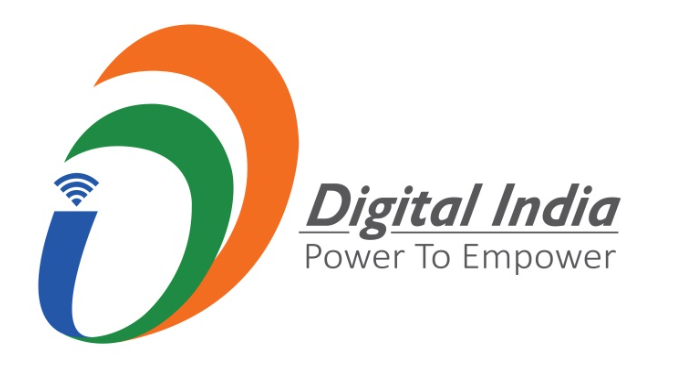 |
| The image is the official logo of the Digital India program of the Indian government. (Photo: Embassy of India in Vietnam) |
To ensure these services are available to rural and remote areas, the Indian government has facilitated common service centers as access points to provide digital services to people across the country who are located far from urban centers.
Around 535,000 such centres are providing banking, personal documents, welfare, utilities and many innovative digital services in rural and remote areas in India. More and more agencies and offices are leveraging the authenticated identity and payment layers, as well as the network of service centres, by launching newer digital services, such as medicine delivery systems.
On the digital infrastructure front, the Indian government is continuously upgrading the availability of broadband (national fiber optic network), universal high-speed mobile connectivity, public internet access, open data platforms and encouraging government services to be integrated into the data exchange layer between data publishers and users using application programming interfaces.
This upgraded infrastructure ensures efficient delivery of digital services to India’s world-largest population. As part of this, technological innovation is being prioritized, such as India creating a new 5G standard to expand 5G telecom services to rural and remote areas.
In early 2023, the Indian government launched a 6G test infrastructure and the 6G vision is expected to be commercialized in about 7 years.
One can envision the ease of living through digital transformation in India, where one can avail a host of digital services from government data, banking, welfare, utility payments, healthcare services, from the comfort of one’s home.
This data-driven digital revolution is creating new opportunities, such as bank credit for small businesses based on verified digitized sales data from digital payment systems rather than through collateral or cumbersome documentation.
As the G20 Presidency this year, India led the G20 Digital Economy Working Group to develop a voluntary framework for the development, deployment and governance of Digital Public Infrastructure; High-level principles to support safety, security, resilience and trust in the digital economy; Toolkit for designing and introducing digital upskilling and reskilling programmes; and plans to build and maintain a virtual global digital public infrastructure repository...
This will be built on India's national initiative Digital Public Infrastructure, more details can be found on the website: www.indiastack.global, ispirt.in
Vietnam is implementing its own digital transformation model to meet the needs and priorities of the digital economy. The India-Vietnam Dialogue provides an opportunity to exchange best practices, experiences and solutions to enhance each other’s efforts and together lead the digital world in the coming time.
Source


![[Photo] National Assembly Chairman Tran Thanh Man attends the VinFuture 2025 Award Ceremony](/_next/image?url=https%3A%2F%2Fvphoto.vietnam.vn%2Fthumb%2F1200x675%2Fvietnam%2Fresource%2FIMAGE%2F2025%2F12%2F05%2F1764951162416_2628509768338816493-6995-jpg.webp&w=3840&q=75)


![[Photo] 60th Anniversary of the Founding of the Vietnam Association of Photographic Artists](/_next/image?url=https%3A%2F%2Fvphoto.vietnam.vn%2Fthumb%2F1200x675%2Fvietnam%2Fresource%2FIMAGE%2F2025%2F12%2F05%2F1764935864512_a1-bnd-0841-9740-jpg.webp&w=3840&q=75)






![[Video] Viettel officially puts into operation the largest submarine optical cable line in Vietnam](https://vphoto.vietnam.vn/thumb/402x226/vietnam/resource/IMAGE/2025/4/17/f19008c6010c4a538cc422cb791ca0a1)



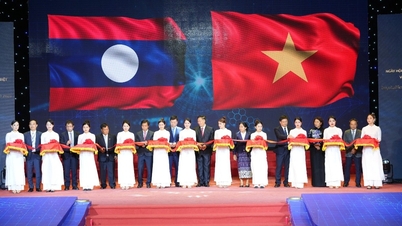





















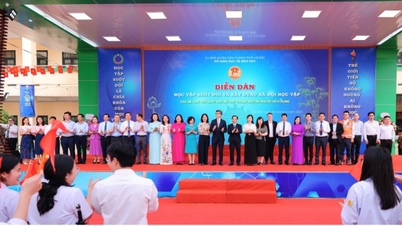


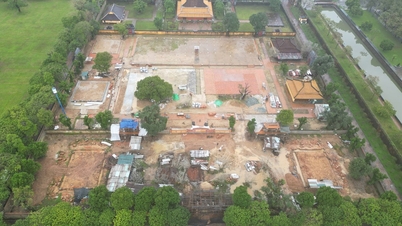


















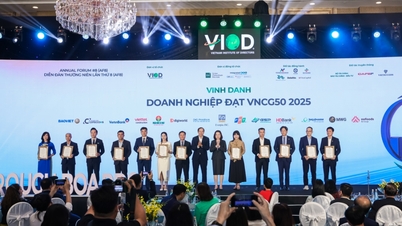











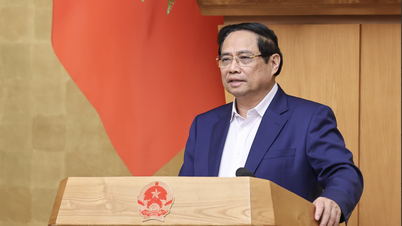


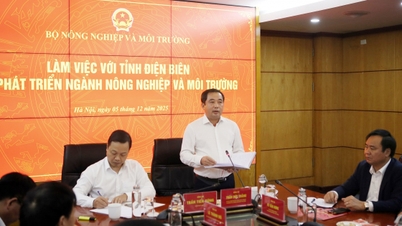

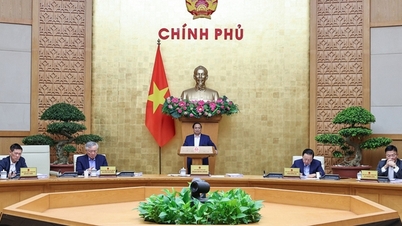







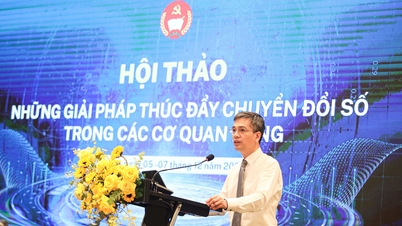




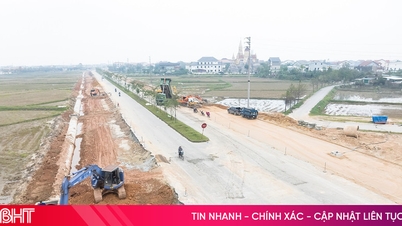

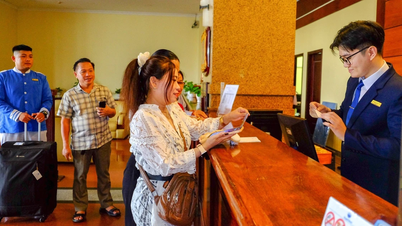




















Comment (0)